
A bumper blog post this month – with highlights from June and July in the garden from our Therapeutic Horticulture Lead and head gardener Matt.
June jobs
One of my personal highlights of June has been delivering a guided ‘Predators and Pollinators’ tour, which formed part of a project funded by the The HDH Wills 1965 charitable trust. We were able to explore all the different aspects of the garden which have been created to encourage wildlife – and encourage visitors to consider how they can help to look after the creatures in their own communities and gardens.
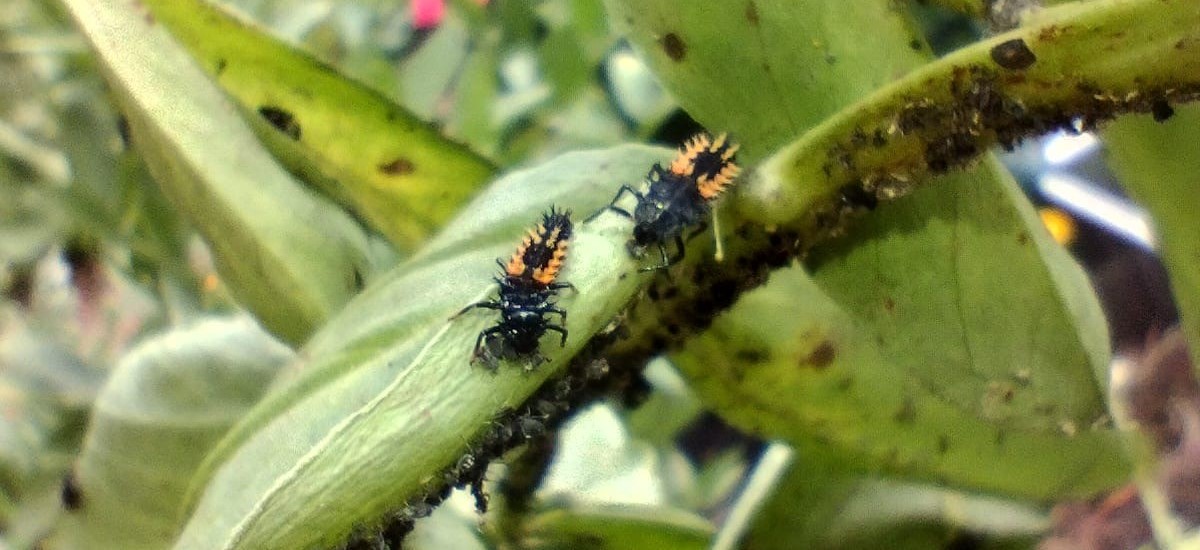
A perhaps surprising stop on the trail was our visit to a broad bean plant infested with Black Bean aphid, which illustrated the important point that you shouldn’t eradicate all the pests – you need to leave something for the predator insects to eat! Among the aphids, there were several stages of ladybird development visible – it’s often the larval stages of insects that are more voracious and they were certainly enjoying the buffet.
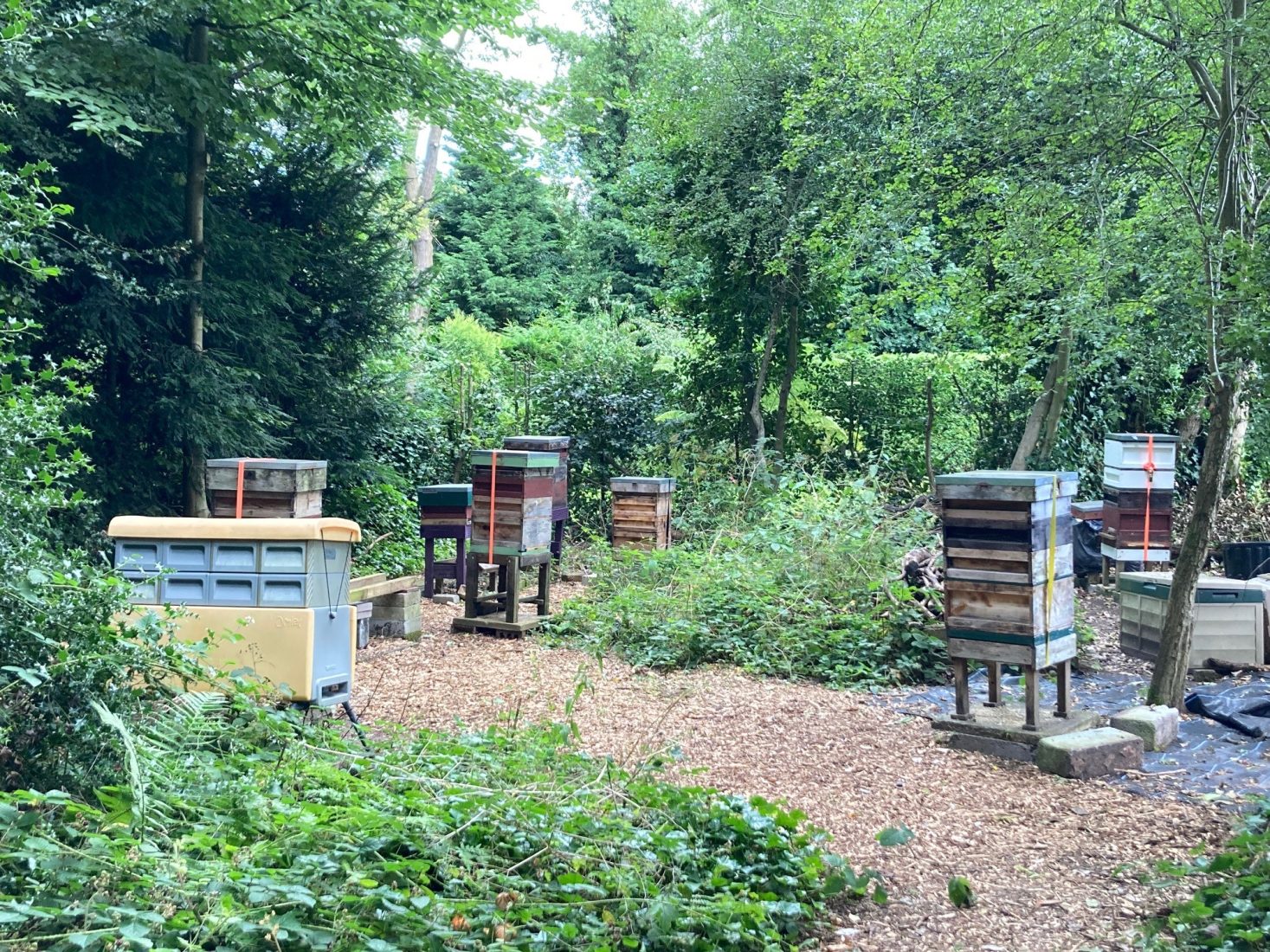
An important task that the volunteers have undertaken recently has been clearing excess growth around our beehives. Our bees live in a clearing in our woodland and the canopy can get a little dense. Unfortunately, not having enough access to light and good air movement provides the ideal conditions for pests and diseases to mount up. So, the bees were put to bed for a day, and the hard work of taking down the dense growth of holly, ivy, sycamore and ash was able to take place.
The job isn’t finished, as we hope to plant some woodland perennial flowers and bulbs in the apiary area, but we hope the bees appreciate the increase of light and more space to fly around in.
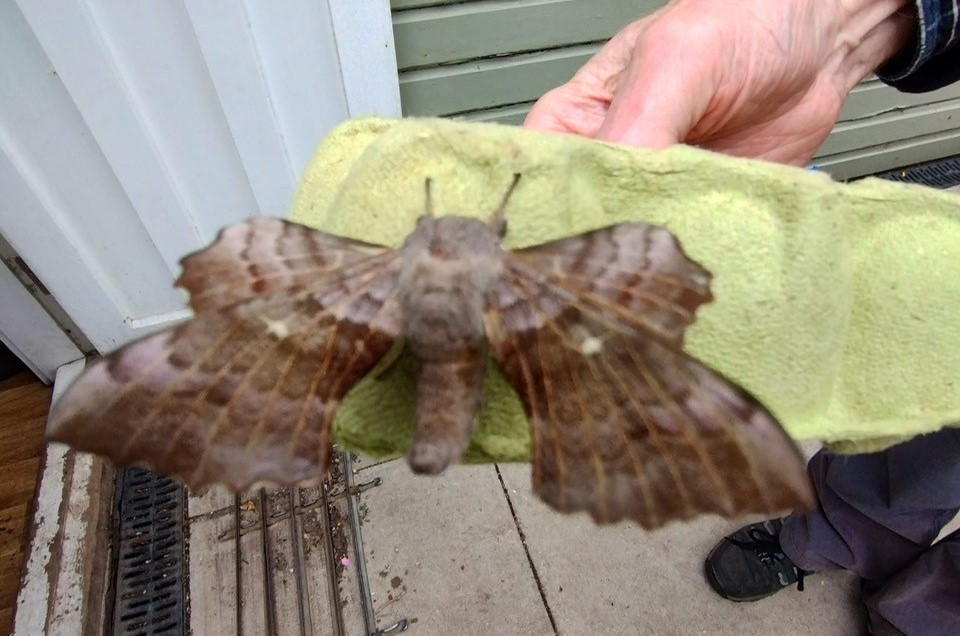
One of the interesting parts of working at Martineau Gardens is being able to see the work that our wildlife conservation volunteers do. One of the many important tasks they carry out is to monitor the numbers and species of creatures that visit our site, and regular moth trapping plays an important part of this. Not knowing a great deal about insects, I was very impressed by the size of the Hawk Moth, which I hadn’t seen before. It really is a privilege to get up close and see creatures like this – ’creepy crawlies’ are often just a friend you haven’t met yet.
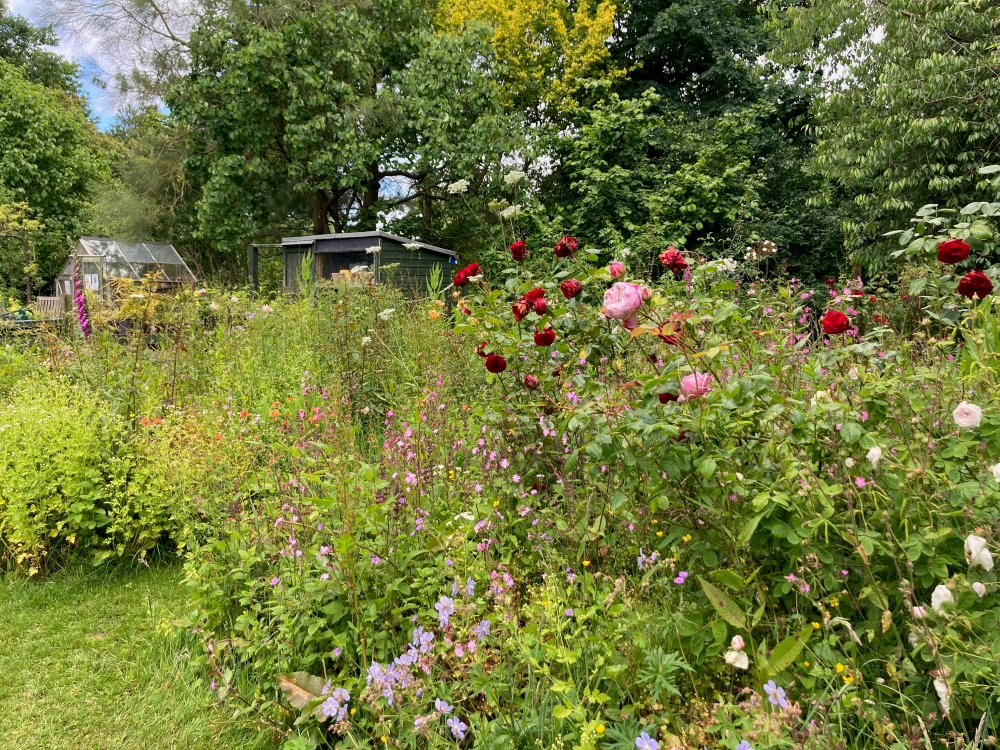
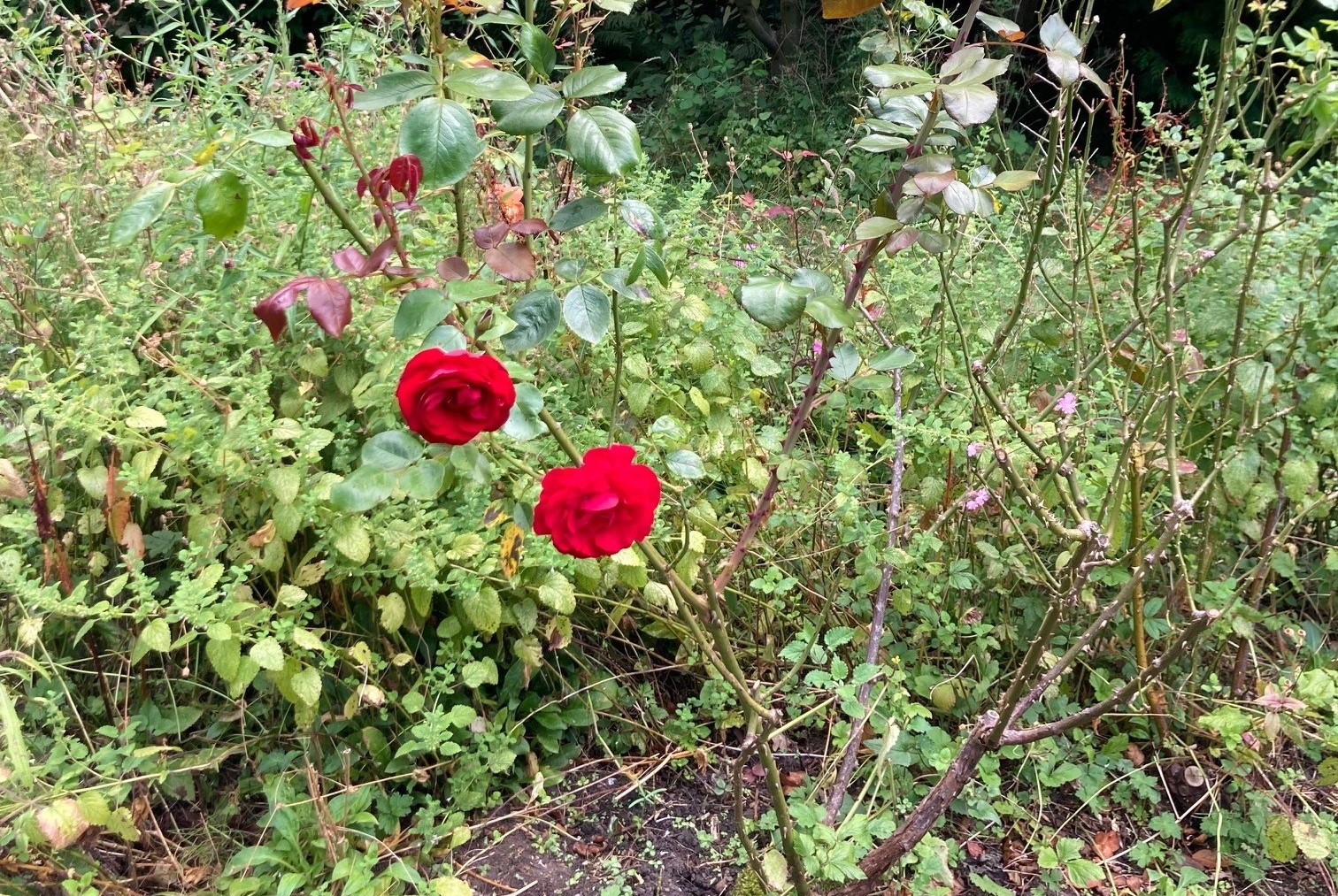
Admittedly, not all of the plans to allow wildlife to flourish have been successful. Being new to the gardens, I’ve tried not to disrupt things too much to allow the plants and wildflowers to flourish and co-exist, mostly so I can get a good picture of all the species we have on site. While this has worked really well in many places and many of our visitors have been very complimentary about the formal and informal parts of the gardens, it hasn’t been good for our rose beds. A month ago, the vibrant colours of the wildflowers really popped out and looked beautiful but they have continued to grow and crowd out the roses. We’re now dealing with a much more arduous task of clearing out the beds to rescue the roses and it’s very much going to look worse before it looks better. Lesson learned!
July jobs
In July, we cut a path into the centre of our wildflower circle – odd timing, you may be thinking but bear with me – with the intent of creating space to enable us to reach and remove some of the more prolifically seeding (and less pretty) plants. We’re happy to allow many things to flower, providing nectar and pollen for a variety of insects, but plants like dock, hogweed and some of the willowherbs tend to take over if left to seed. Cutting a path to the centre meant we could either behead or remove them without trampling the rest of the circle but also served the purpose of providing us with space for a centrepiece.

Once upon a time, we had a sundial in the gardens, which some visitors may remember. I’m not sure how long it has been out of action, but our volunteers found a suitable plinth for it and decided it would make the perfect centrepiece for the wildflower area. We’re really pleased with how it looks at the moment.
Renovation has been a bit of a theme recently as, in addition to providing tlc to some of our more elderly benches and tables, our volunteers have also managed to repair our pond! We had sprung a leak and were having to constantly top it up, which did the pondlife and our water bills no good at all…
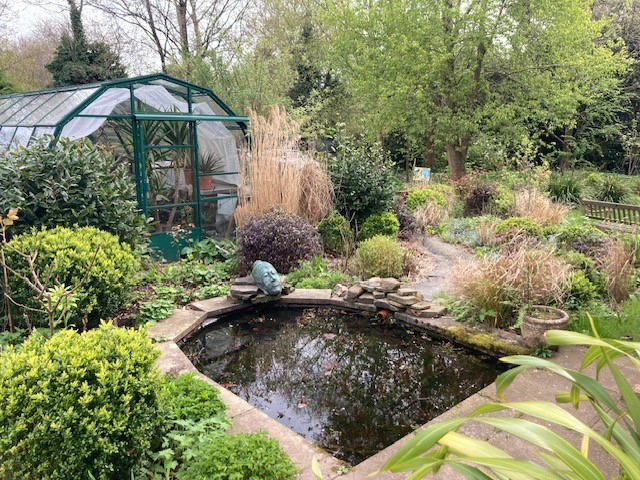
Following a bit of consultation with people who know more about ponds than I do, the volunteers were able to repair it quite straightforwardly in a matter of hours! Now the water levels are less variable, the fish and other creatures in the pond seem a lot happier and are a lot more visible.
Our next aquatic adventure will be to repair the rill which flows down from the upper pond. At the moment, it’s covered in a layer of black liner so we’re not altogether certain what lies beneath. How long it will take to repair and get the water running again is currently unknown…
I’ll sign off with a request – we’re looking for a hard-wearing floor covering for our new marquee, which is intended to provide a dry workspace for our volunteers when the weather is inclement. If anyone knows someone who is ripping out artificial turf from their garden, we’d really appreciate it if you could get in touch and donate it.